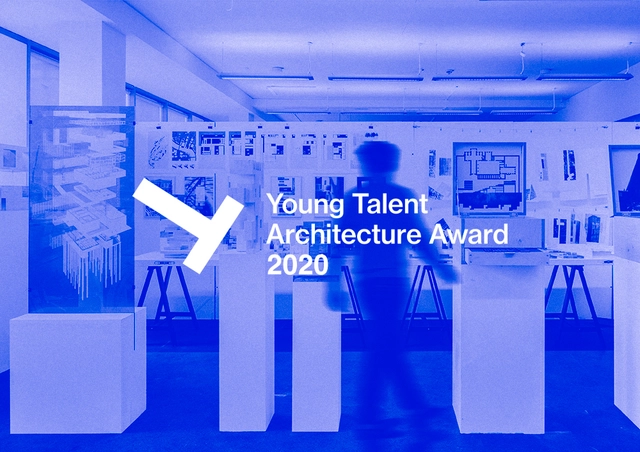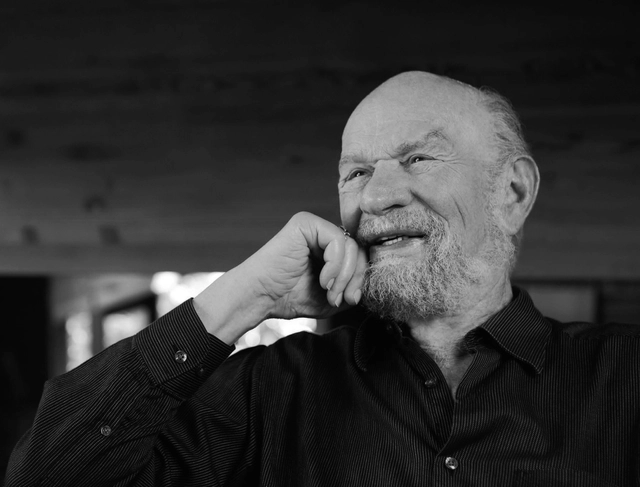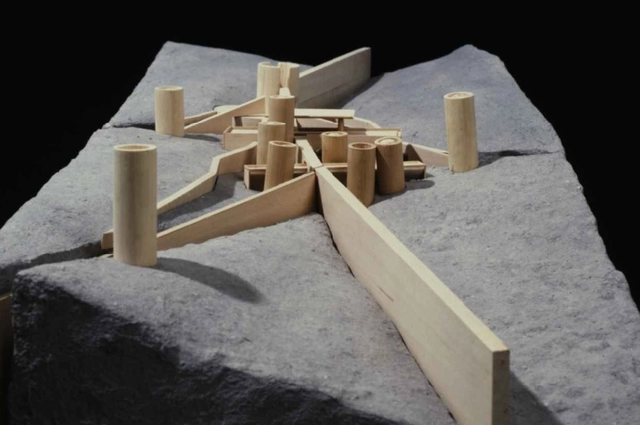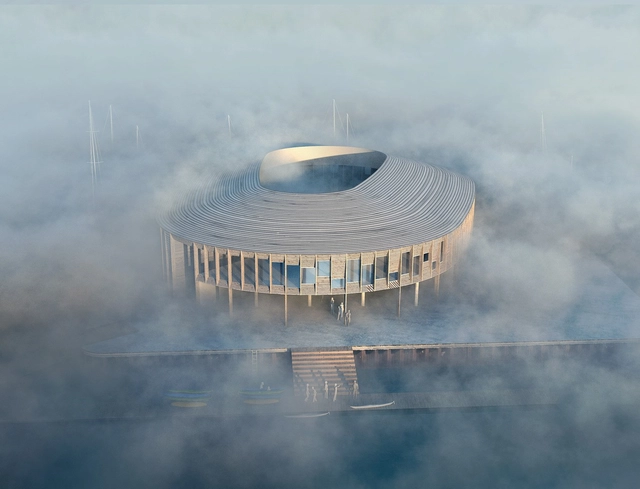
Architectural firm Tham & Videgård won the international competition to elaborate a new addition for the Swedish Exhibition and Congress Centre in Gothenburg. The selected proposal puts in place a new hotel tower and a main entrance for the venue.


Architectural firm Tham & Videgård won the international competition to elaborate a new addition for the Swedish Exhibition and Congress Centre in Gothenburg. The selected proposal puts in place a new hotel tower and a main entrance for the venue.

Follow along during the twelfth edition of the World Architecture Festival through ArchDaily's Live Stream. As the world’s biggest architectural awards program, WAF brings together more than 2,000 architects and designers to Amsterdam for three days of conference programs, awards, and exhibition events from December 4-6. Tune in to our Facebook live streams for a selection of lectures.

Paul Andersen and Paul Preissner were selected to curate the United States pavilion for the 17th edition of the Venice Biennale. With a proposal entitled “American Framing”, the architects will try to respond to the general theme of “How will we live together?”.

Lorcan O’Herlihy Architects have broken ground on a modular design for supportive housing in South Los Angeles. Dubbed Isla Intersections, the project is part of a triangular parcel of land next to the freeway being developed as LA’s first shared street. Designed with open public space and 54 homes for some of LA's most vulnerable residents, the project was made to explore the future of housing.

Hesselbrand Architects have revealed the design for Acquarossa Spa & Hotel in Switzerland, a 120 room hotel in the Swiss region of Ticino. Designed around well-being and experience-based tourism, the project utilizes a combination of traditional building materials and new construction technology to ground an environmentally sustainable approach in one of the most remote parts of Switzerland.

The Louis Vuitton Maison Seoul, imagined by architects Frank Gehry and Peter Marino has just opened in the South Korean capital. Celebrating Korean heritage and culture, the design puts in place a curved glass facade, perched atop a white cubic mass.

Rwanda is writing a new global story for itself. Over two decades after the end of the country’s civil war and the 1994 genocide, a series of progressive visions have been the catalyst for transformation throughout Rwanda. These economic and structural reforms have redefined the built environment, and in turn, are shaping contemporary architecture across the country.

With the current socio-economic conditions, effects of climate change, and the exponential growth of urban centers, the relationship between design and residential spaces has become the centerpiece of architecture today, so much so that The Future of Housing was the theme of this year's SkyCity Challenge.

Ondřej Císler from Aoc architects and Petr Tej from the Klokner Institute at CTU in Prague have designed a bridge over the Dřetovice stream in Vrapice, near the city of Kladno in the Czech Republic.

Audience sightlines, accessibility and acoustics all make theater seating a hugely precise art. As part of their set of online resources for architects and designers, the team at Theatre Solutions Inc (TSI) have put together a catalog of 21 examples of theater seating layouts. Each layout is well detailed, with information on the number of seats, the floor seating area and row spacing. These layouts fall under three general forms; to supplement this information, alongside TSI's diagrams we've included the pros and cons of each type, as well as examples of projects which use each format. Read on for more.

The Young Talent Architecture Award (YTAA) 2020 has been launched by the Fundació Mies van der Rohe. Announced during the Young Architects’ Forum in Barcelona, the award program encourages exchange between schools and seeks to improve the skills of architects from the beginning of their professional careers. YTAA recognizes the talent of recently graduated architects, urbanists and landscape architects, and provides the opportunity to work with architecture offices and institutions.

Modern Moroccan architecture is reinterpreting vernacular traditions. Taking its name from the Arabic al-maġhrib, or the “place the sun sets; the west”, the kingdom is a sovereign state home to numerous examples of Islamic design, as well as detailed art and ornamentation found within geometric patterns, friezes and open courtyards.

Architect, educator and founding director of SCI-Arc, Ray Kappe, FAIA, passed away last week at the age of 92. Kappe experienced lung failure after battling pneumonia. As a renowned architect, Kappe designed more than 100 residences, pioneered a new approach to architectural education, and shaped both Los Angeles and California Modernism as we know it.

MoMA PS1 has announced that the Young Architects Program will be placed on a one-year hiatus. MoMA PS1, formerly P.S.1 Contemporary Art Center, is one of the oldest and largest nonprofit arts centers in the United States devoted to contemporary art. The Young Architects Program founded by MoMA and MoMA PS1 was made to offer emerging architectural talent the opportunity to design a temporary, outdoor installation in New York.

The international design firm Olson Kundig has designed a new sustainable option for after-death care. In fact, the architects created the world’s first facility for converting human remains into soil, a flagship building for Recompose in Seattle.

In collaboration with Being development, OMA has won a competition to redevelop Van der Meulen-Ansemsterrein (VDMA) in central Eindhoven, in the Netherlands. The central site will be rehabilitated into “a vibrant urban hub with housing, offices, and public spaces.”

London's largest co-working space is officially set to open in the summer of 2020. Designed as part of Victoria House in Bloomsbury Square by LABS Collective, the 150,000 square foot project combines office, retail and leisure space. With access to both the West End and The City, the co-working space will feature a range of rooms and layouts, from small private offices to entire floors.

Opening in December in Shenzhen, China, the Bi-City Biennale of Urbanism and Architecture (UABB), organized by the cities of Shenzhen and Hong Kong, will discuss the theme of “Urban Interactions”. First to use Facial Recognition and Artificial Intelligence, the public exhibition will test new grounds to reflect on the impact of digital technologies on the urban environment.

The Cooper Union’s Irwin S. Chanin School of Architecture has created a new digital archive of student work in a comprehensive online database. As one of the few online collections of a school of architecture's student work, the database represents over eight decades of work, dating from the 1930’s through the present.

SNKH studio from Yerevan has been selected to design the Garage Screen summer cinema for the Garage Museum of Contemporary Art in Moscow, Russia. The museum invited promising architecture firms to present their vision of temporary architecture and expanded the geographical reach of the competition to include Russia, Armenia, Belarus, Kazakhstan, and Kirgizstan.

WERK and Snøhetta have been selected as the winners of the maritime center competition on the harbor of Esbjerg, in Denmark. The proposal puts in place a glowing building entitled Lanternen or the Lantern, a new addition that will gather communal activities.

Heatherwick Studio has released their latest images for the 1,000 Trees Development in Shanghai. Dating back to August 2019, the images showcase the construction progress of the 300,000-square-meter project, with the near completion of one of two mountains, set to open in 2020.

Bjarke Ingels Group have unveiled their design for The Portico, a 53,500-square-meter development on the last two remaining plots of the CityLife masterplan in Milan, Italy. CityLife presented the proposal with two individual buildings connected by a 140m long hanging roof structure to form a generous urban-scale entrance to the city.